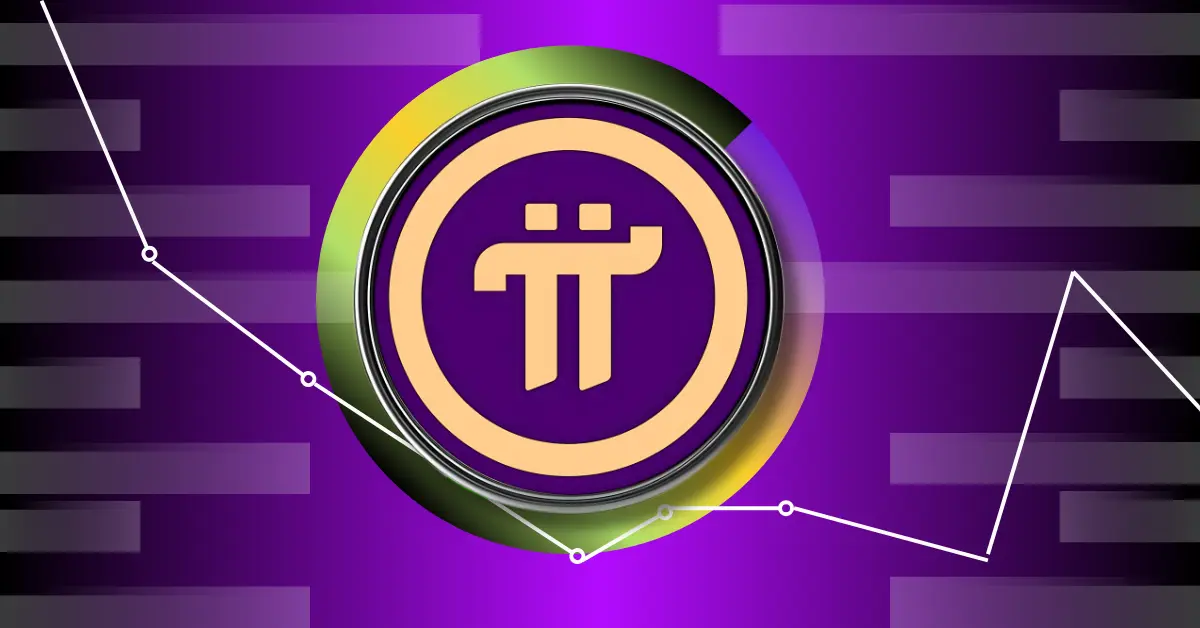The Pi Network’s AI App Studio marks a transformative moment in the evolution of decentralized application development. This innovative platform, launched on June 28, 2025, during Pi2Day celebrations, represents a strategic shift from the network’s initial focus on accessible cryptocurrency mining to building a robust ecosystem of practical, user-driven applications. The AI-powered, no-code platform is designed to democratize dApp creation, enabling anyone—regardless of technical background—to participate in the Web3 revolution.
Unlocking Creativity with No-Code AI
At the heart of the Pi App Studio lies its no-code interface and AI-powered development tools. Users can describe their desired applications in natural language, and the AI engine translates these descriptions into functional code, handling the technical complexities behind the scenes. This approach significantly lowers the barrier to entry for dApp development, empowering a diverse range of creators who may have previously been excluded due to a lack of coding expertise.
The platform’s drag-and-drop interface allows users to visually assemble application components, while pre-built templates provide a starting point for common dApp use cases. These features, combined with seamless integration with the Pi Network’s core infrastructure—including the Pi Wallet and the Pi Ad Network—make it easy to deploy and monetize applications. The Ecosystem Directory Staking feature further enhances the platform by allowing users to stake their Pi coins to promote their favorite apps, creating a decentralized mechanism for app discovery and rewarding developers for building valuable and engaging applications.
Rapid Adoption and Diverse Use Cases
The initial response to the Pi App Studio has been overwhelmingly positive. Within days of its launch, the Pi Network community had already created over 7,900 AI-powered applications. This rapid adoption underscores the pent-up demand for user-friendly dApp development tools and the enthusiasm within the Pi Network community to build and contribute to the ecosystem.
The diversity of these initial applications highlights the versatility of the Pi App Studio and the creativity of its user base. Applications range from chatbots designed to answer questions about Pi Network to tools that facilitate e-commerce and social interaction within the Pi ecosystem. This broad range of use cases demonstrates the platform’s potential to address a wide array of real-world problems and enhance the utility of the Pi Network.
Real-World Implications and Future Prospects
The launch of the Pi App Studio has significant implications for the Pi Network and the broader blockchain space. By enabling the creation of a wide range of dApps, the platform drives demand for Pi Coin, as it becomes the primary currency for transactions and interactions within the Pi Network ecosystem. This increased utility for Pi Coin is a crucial step toward the network’s ultimate goal of Mainnet migration, where the network transitions to a fully decentralized and independent blockchain.
Moreover, the Pi App Studio empowers individuals from all over the world to participate in the development of the Pi Network ecosystem, fostering a sense of ownership and community. By removing the technical barriers to dApp development, the platform makes Web3 accessible to a wider audience, potentially driving mass adoption of blockchain technology. The no-code AI environment encourages experimentation and innovation, leading to the creation of novel and groundbreaking dApps that address real-world problems.
Addressing Challenges for Long-Term Success
While the Pi App Studio holds immense promise, the Pi Network must address several challenges to ensure its long-term success. Scalability is a critical concern as the number of dApps on the Pi Network grows. The network must ensure that it can handle the increased transaction volume and data storage requirements. Security is paramount in the blockchain space, and the Pi Network must implement robust security measures to protect dApps and user data from malicious actors.
Quality control is another important aspect, as thousands of dApps are being created. It is essential to implement mechanisms to ensure the quality and reliability of the applications available in the Pi Network ecosystem. User education is also crucial, as many new users may be unfamiliar with blockchain technology and Web3 concepts. The Pi Network must provide comprehensive educational resources to help users understand and navigate the Pi ecosystem.
Competition in the blockchain space is becoming increasingly fierce. The Pi Network must continue to innovate and differentiate itself from other platforms to attract developers and users. By addressing these challenges, the Pi Network can solidify its position as a leader in the decentralized application development space.
Conclusion: A New Era of Decentralized Innovation
The Pi App Studio is more than just a tool; it’s a catalyst for change within the Pi Network. By democratizing dApp development and empowering a global community of creators, Pi Network is taking a bold step towards realizing its vision of a decentralized, user-driven digital economy. The journey ahead will undoubtedly be filled with challenges, but the initial enthusiasm and the sheer number of applications created in such a short time demonstrate the immense potential of this innovative platform. The future of Pi Network is now, quite literally, in the hands of its users, who are building it, one app at a time. As the ecosystem continues to grow and evolve, the Pi App Studio will play a pivotal role in shaping the next generation of decentralized applications and driving the adoption of blockchain technology worldwide.











